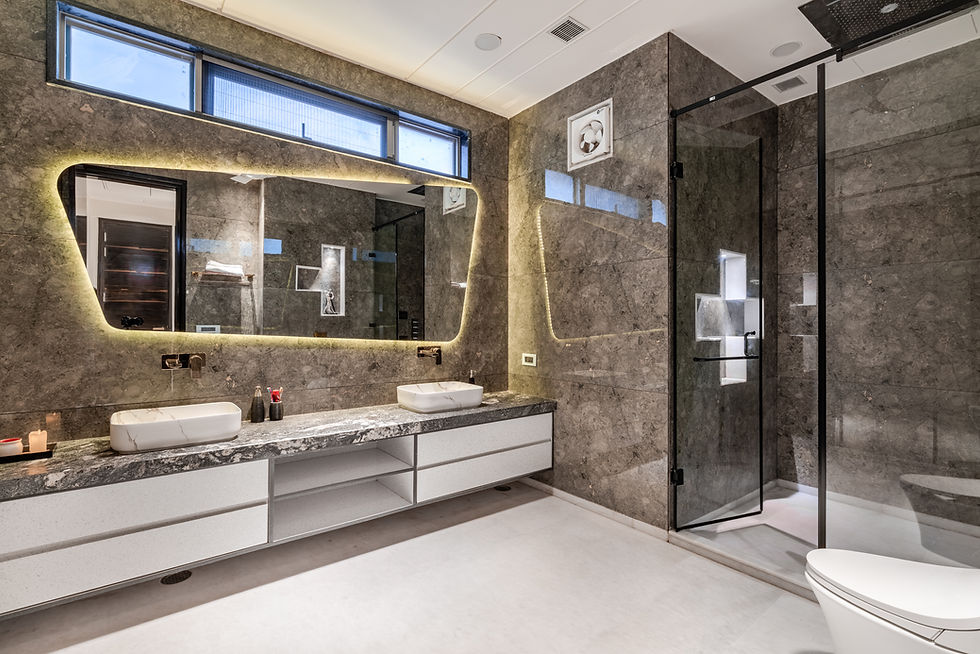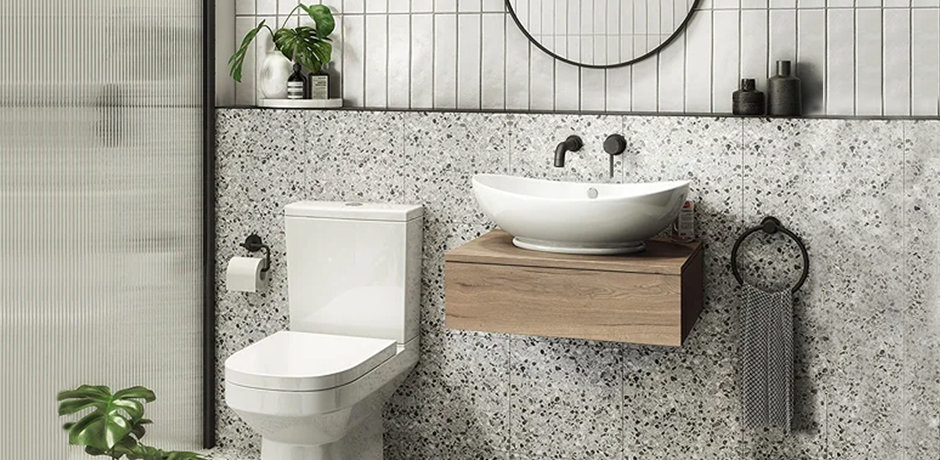
Water-saving toilet myths busted: Unraveling the Truth
Share
In an era where technology is advancing at a rapid pace, the importance of sustainability is becoming increasingly apparent. With water scarcity being a pressing issue worldwide, the development of water-saving toilets has been a significant step forward. However, there are numerous myths surrounding these innovative fixtures that can lead to misunderstandings and reluctance to adopt them. In this article, we aim to address these misconceptions and provide clarity on the subject.

The Evolution of Water-saving Toilets
Throughout history, toilets have undergone significant transformations. The introduction of water-saving toilets marked a pivotal moment in the evolution of bathroom technology, driven by the need to conserve water and reduce environmental impact. Modern designs, including dual-flush and low-flow options, offer innovative solutions for reducing water usage without compromising performance.
According to the Environmental Protection Agency (EPA), toilets account for nearly 30% of an average home's indoor water consumption. The introduction of efficient toilets has the potential to significantly reduce this percentage, contributing to water conservation efforts globally.
Myth 1: Water-saving Toilets Don't Work as Well
One of the most prevalent myths is that water-saving toilets are ineffective. Critics argue that these fixtures lack the flushing power of traditional models. However, advancements in technology have addressed these concerns. Modern water-saving toilets are engineered to maximize flushing efficiency while using less water.
For instance, the best water-efficient toilet in 2025 is designed with enhanced flushing mechanisms that ensure waste is effectively removed with minimal water usage. This innovation not only conserves water but also reduces the frequency of blockages and maintenance issues.
Myth 2: They Are Too Expensive
Another common misconception is that water-saving toilets are prohibitively expensive. While the initial cost may be higher than traditional toilets, the long-term savings are substantial. With reduced water consumption, homeowners can expect lower water bills over time.
Additionally, many regions offer rebates and incentives for installing water-saving fixtures, further offsetting the initial investment. For those seeking to calculate potential savings, our guide on how to calculate toilet water savings provides valuable insights.
Myth 3: They Are Not Environmentally Friendly
Contrary to popular belief, water-saving toilets are environmentally friendly by design. By reducing water usage, these fixtures help conserve a precious natural resource and decrease the demand on sewage treatment facilities.
The environmental benefits extend beyond water conservation. As highlighted in our article on composting toilets vs. water-saving toilets, these innovations contribute to sustainable living practices, aligning with global efforts to reduce carbon footprints and promote eco-friendly lifestyles.
Myth 4: They Are Not Suitable for Off-grid Living
Some individuals believe that water-saving toilets are not suitable for off-grid living. However, recent advancements have made it possible to integrate these fixtures into off-grid systems effectively.
For those living off the grid, water-saving toilets offer a practical solution for conserving limited water resources. Our detailed guide on water-saving toilets for off-grid living explores various options available to eco-conscious homeowners.
Conclusion: Embracing the Future of Toilets
As technology continues to evolve, so too do our solutions for sustainable living. By debunking these myths, we hope to encourage more individuals to embrace water-saving toilets as a viable and environmentally responsible option. Whether you're a tech professional or an enthusiast, understanding the truth behind these myths empowers you to make informed decisions that contribute to a more sustainable future.
For additional information on the benefits and functionality of water-saving toilets, visit this comprehensive water-saving toilets guide.

FAQs
Are water-saving toilets worth the investment?
Yes, water-saving toilets are worth the investment as they offer long-term savings on water bills and contribute to environmental conservation.
How do water-saving toilets differ from traditional toilets?
Water-saving toilets use advanced flushing technology to reduce water usage while maintaining performance, unlike traditional toilets that use more water per flush.
Can water-saving toilets be installed in older homes?
Yes, water-saving toilets can be installed in older homes with proper plumbing adjustments, providing an opportunity for homeowners to upgrade their fixtures and reduce water consumption.
This article contains affiliate links. We may earn a commission at no extra cost to you.
